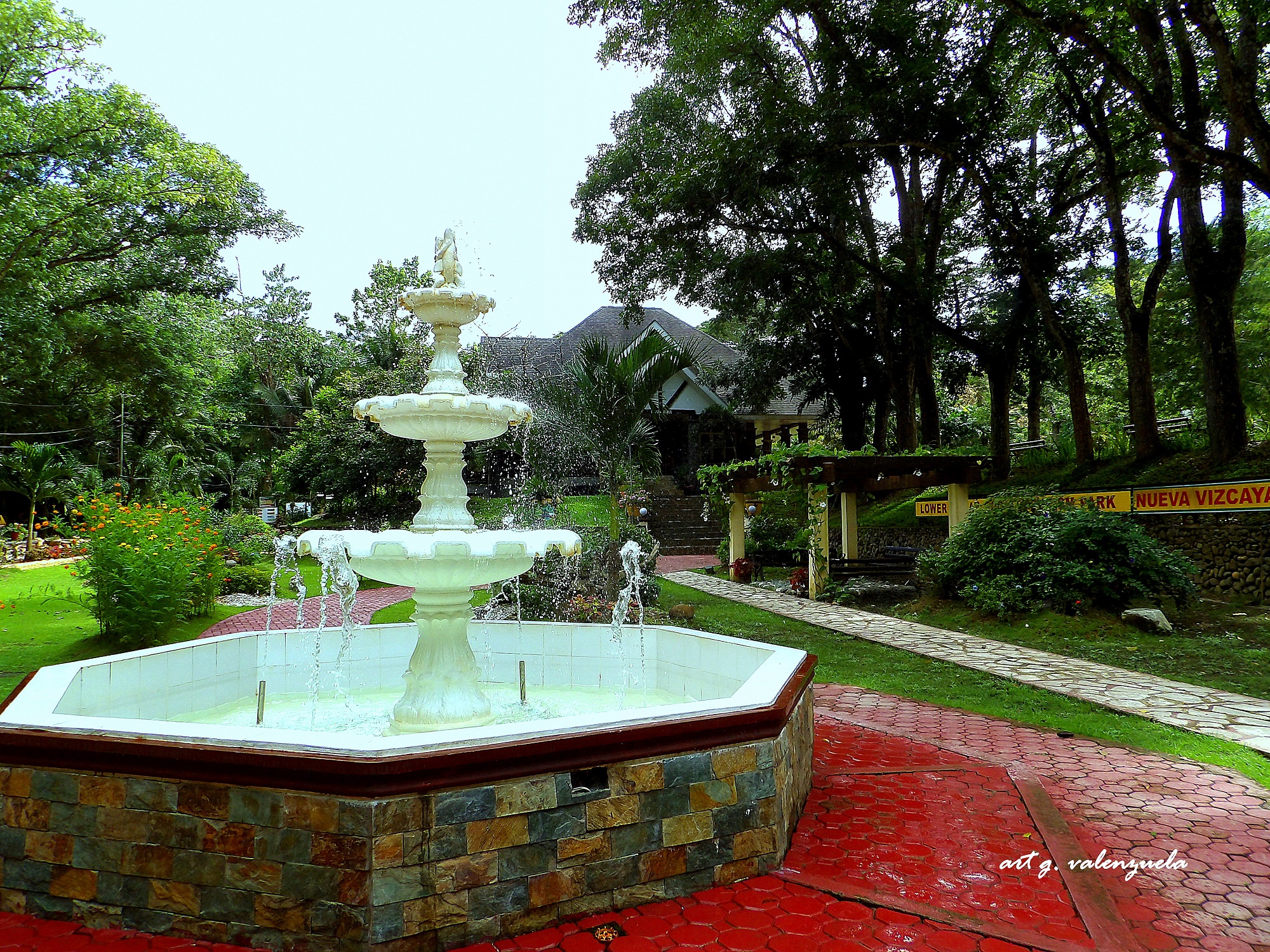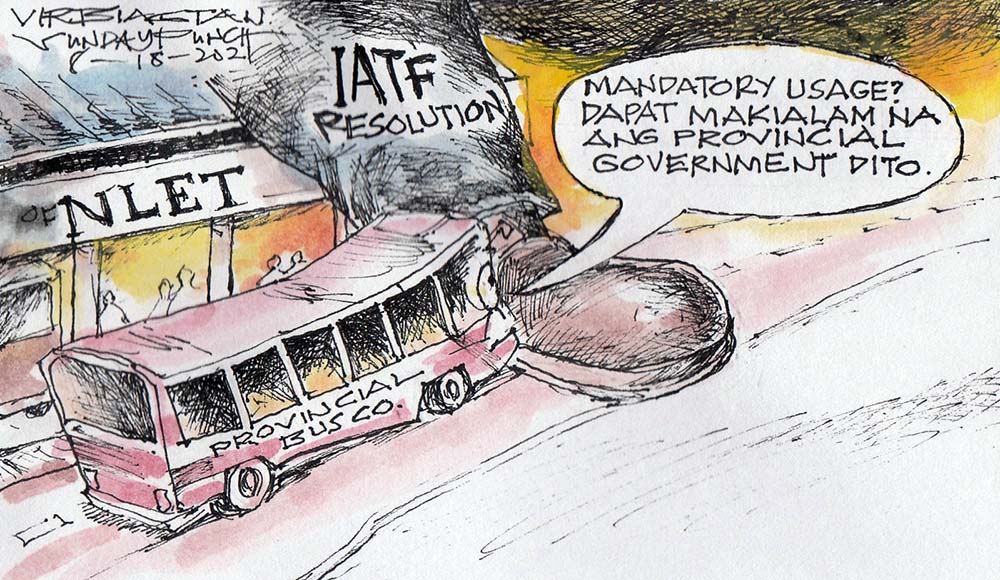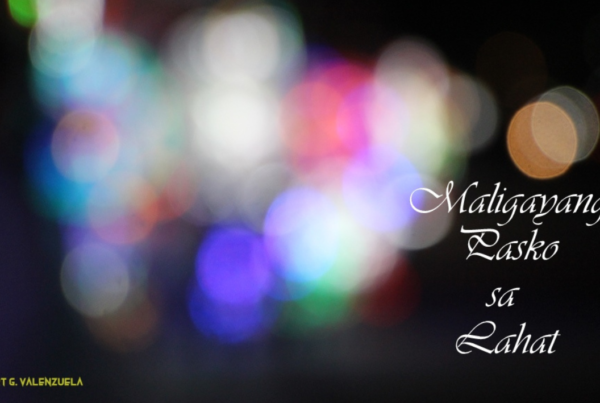
The Simplistic Beauty that is Isabela
Photos and short story by Art G. Valenzuela
Perhaps, Isabela is one of the very few provinces in the Philippines which have been endowed with natural beauty and resources by Mother Nature. It used to be a vast rainforest in early times where many indigenous people lived. Many of the same ethnic groups still live in the province and take active roles in its socio-economic development. Featured in these photos is what I shall call the “Cordon-Diadi Tourism Corridor” where you can find four big resorts located along the Isabela-Nueva Viscaya boundary at the foot of the Sierra Madre mountain range with one resort carved right inside a forest reservation – the Lower Magat Eco-Tourism Park where a natural lake and stay-in facilities used to attract thousands of tourists every year. (I hope the place comes alive again.)
From Cordon-Diadi, it is an hour’s drive to Santiago City up north, two and a half hours to Tuguegarao City in Cagayan province further north. Three hours drive to the scenic Banaue Rice Terraces westward via Bagabag town. Two hours to Quirino province in the east. Isabela is consistently the topmost producer of corn in the Philippines which is planted along rolling hills. It is the second-largest producer of rice along its plains which are irrigated by the Magat Dam, one of the largest multi-purpose dams in the Philippines.


Reaching Isabela from Manila by land is an ordeal of sort as you have to negotiate two long zig-zag portions of the Maharlika Highway: First the Dalton Pass zig-zag from Caranglan, Nueva Ecija to Sta. Fe in Nueva Viscaya, and the second is the Diadi zig-zag between the towns of Diadi in Nueva Viscaya and Cordon in Isabela. Cordon town is home to a famous restaurant landmark, a very popular and comfortable “pit stop” this side of the country, known among weary travelers in the entire region for its classy ambiance and pastries. And by the way, the longanisa at Santiago City is by far the tastiest that I have ever tried.


RICOH IMAGING
“Isabela, officially the Province of Isabela (Ilocano: Probinsia ti Isabela; Ibanag: Provinsia na Isabela; Tagalog: Lalawigan ng Isabela) is the second-largest province in the Philippines in land area located in the Cagayan Valley region in Luzon. Its capital and largest local government unit is the city of Ilagan. It is bordered by the provinces of Cagayan to the north, Kalinga to the northwest, Mountain Province to the central-west, Ifugao and Nueva Vizcaya to the southwest, Quirino, and Aurora to the south, and the Philippine Sea to the east.


RICOH IMAGING
“This primarily agricultural province is the rice and corn granary of Luzon due to its plain and rolling terrain. In 2012, the province was declared as the country’s top producer of corn with 1,209,524 metric tons.[7] Isabela was also declared the second-largest rice producer in the Philippines and the Queen Province of the Philippines.[8][9][10]


RICOH IMAGING
“Isabela is the 10th richest province in the Philippines as of 2020.[11] The province has four trade centers in the cities of Ilagan, Cauayan, Santiago, and the municipality of Roxas. One of Isabela’s cities, Santiago City, is considered the fastest-growing local economy in the entire Philippines.[12]

RICOH IMAGING

“The province of Isabela used to be a vast rainforest where numerous indigenous ethnolinguistic groups lived. Many of the same ethnic groups still live in the province. Shell midden sites and other archaeological sites throughout the province constitute the material culture of those groups during the classical era. A midden (also kitchen midden or shell heap) is an old dump for domestic waste[1] which may consist of animal bone, human excrement, botanical material, mollusk shells, potsherds, lithics (especially debitage), and other artifacts and ecofacts associated with past human occupation.” (Wikipedia)










